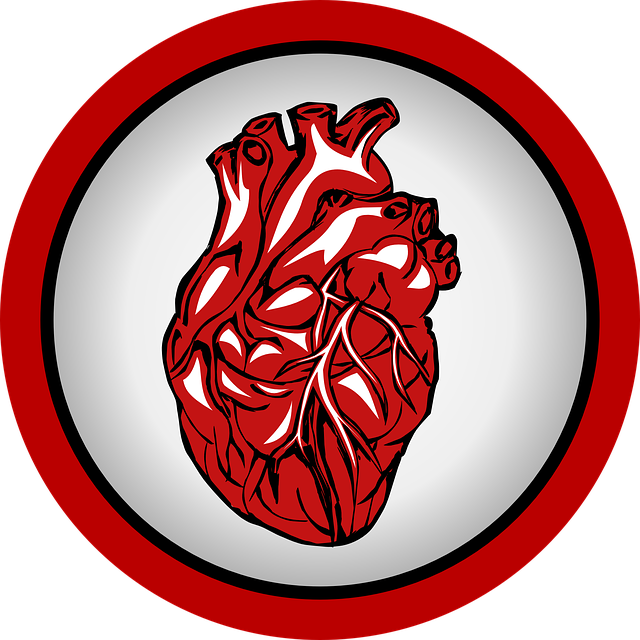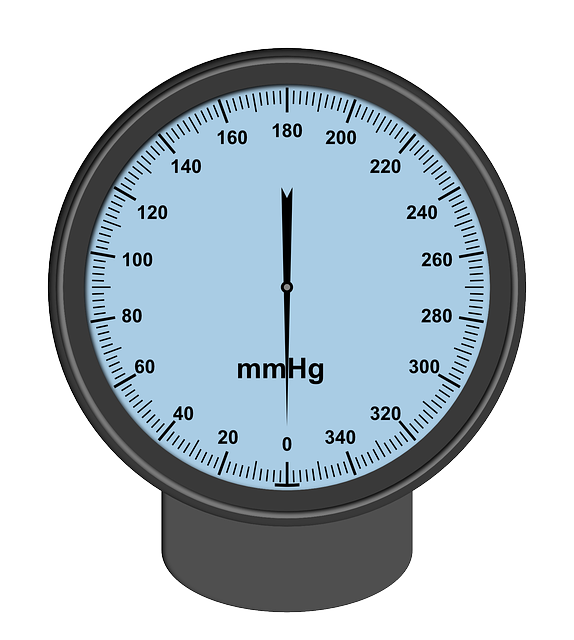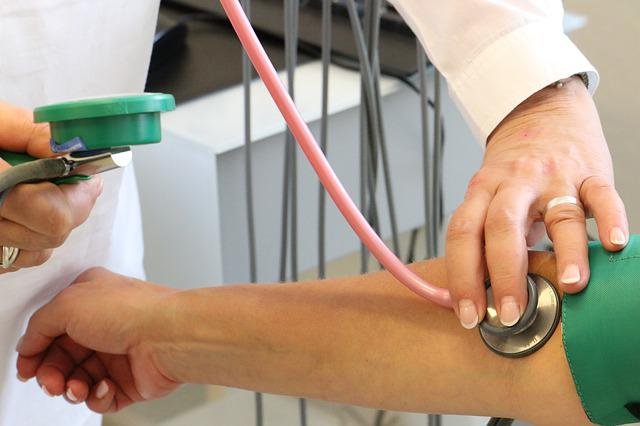HOW TO MEASURE BLOOD PRESSURE.

There is nothing wrong with having a normal blood pressure. In fact, without normal blood pressure, our blood will not be able to circulate around our body system. Blood circulation is of great importance and should not be trivialized because, it is through blood circulation that the organs in our body receives oxygen as well as other nutrients it needs to carry out it's function. The problem is when this blood pressure becomes too high or too low.
In this post, I will be explaining what Blood Pressure is, how it is measured and how to interpret the measurements obtained from the reading.


As stated in the introduction, blood pressure is that force which is responsible for moving our blood through our circulatory system. It is the blood pressure that helps deliver antibodies and white blood cells around our body making us to be more immune to diseases. It also help in delivering hormones like insulin as well as oxygen to every part of our body.
Apart from delivering oxygen, hormones and nutrients, it is also the blood pressure that makes it possible for out blood to pick up by product of our body's metabolism such as toxins (which is cleared through our kidneys and liver) as well as the carbon dioxide that we exhale from our nostrils. In addition, blood pressure is what makes your body's clotting platelets to get to that part of the body you have a wound, in other to clot it, preventing any further blood loss.


Blood pressure or force is generated by the beating of the heart. Each time the heart beats, blood is pumped from it into the blood vessels. This pressure is highest when the heart beats (which is the same time blood is pumped out of the heart). On the other hand, the pressure is lowest at that brief moment that the heart did not beat (when blood is not pumped out of the heart).
Another factor that affect blood pressure is the size of the artery walls as well as it's elasticity. Now with each heart beat, the arteries expand and contracts. Whenever an artery expand and contracts, pressure is created inside it.



- Pregnant women
- Young people under so much stress and pressure.
- Mother's during child birth.
- Fat people
- Someone losing a lot of blood as a result of injury. It can be internal or external.
- Women who take birth control pills.
- People with heart related issue.
- Someone in shock.
- People that are over 40 years e.t.c


An instrument used for measuring a person blood pressure is know as a sphygmomanometer. There are basically two kind of sphygmomanometer, both of which serves the same purpose but have different methods in using them.
1. The older Mercury sphygmomanometer:-
This one type of sphygmomanometer indicates a person's pressure by the level of mecury. It is bulky, and delicate. It not commonly used.

2. The aniroid sphygmomanometer:-
This one is more common and very easy to use. It has a cuff and a guage



Make sure that you are in a quiet place.
Make sure that the patient is relaxed. Taking the blood pressure reading when a person is emotionally agitated will give a very false reading. So, make sure that the patient is relaxed before checking their blood pressure.
Fasten the sphygmomanometer's pressure cuff around your patient's bare upper arm as shown below.
On the rubber bulb (which serves as a pump/compressor) you will notice a valve there. Close the valve by turning it's screw in the clockwise direction.
Pump the pressure cuff, by squeezing the rubber bulb repeatedly. Do not stop till the reading on the guage is above 200 millimeters of Mercury.

Source Place your stethoscope on the front side of the person's elbow. Just below where the pressure cuff was tied.
Listen carefully and closely for a pulse, as you gradually unscrew the valve you previously tightened. Note that by unscrewing the valve, the needle of the guage (or if you are using the old type, the level of the Mercury) will start dropping slowly. Wait till you hear the a pulse like an heart beat.
When you begin to hear the pulse using your stethoscope, note down the reading on the guage (or the level of the Mercury). This particular reading is called the top or the systolic pressure. This pressure occurs when the heart forces blood into the arteries. For a healthy person, it is around 110 to 120mm
Still continue to release the pressure as you listen carefully, you will notice that the blood pressure is beginning to sound very faint as it fades away. Note down this second reading. This particular reading is called the bottom or the diastolic pressure. This pressure occurs when the heart relaxes in-between pulses (ie that brief moment it wasn't pumping blood into the arteries). For a healthy person, it is around 60 to 80mm.
Note that as you unscrew the valve, the air you previously pumped in into the cuff is gradually released. So, as soon as the air is gone and the cuff is now lose in the hand of your patient, remove it.



The standard way of writing a blood pressure result is this format:
For a healthy person we have:
Of both values, the most important is the diastolic values. It tells if a person's BP is high or low.
For instance a person can have a BP of BP 140/85. Looking at the 85, we can see that there is not so much to worry about here. But for a person whose BP value is 135/110, we can see by looking at the diastolic value (110), that there is big cause for alarm, as the person's pressure is so high. He has High Blood Pressure Once the value of the diastolic is greater than 100, it implies that the pressure is high, and the patient needs to be given medical attention.
If on the other hand, the person's blood pressure is 90/60 or 110/70. You can see that the two diastolic value are below 80. This means that the person has a Low Blood Pressure.
Most times, low blood pressure are not much trouble. Infact, people with low blood pressure tend to live long as they are less likely to have heart related problems. Where the issue is, if a person's BP falls below 60/40, especially in the case of someone in shock, or losing blood, medical attention should be given to the person immediately.


Be mindfully of your body weight.
Always eat fruits and Vegetables, as well as a balanced diet.
Reduce your general salt intake.
Exercise often.
Learn how to manage stress effectively.
Abstain Smoking.
Avoid taking lots of alcohol.
Most times, a person's BP can reveal some underlying sickness. It is advisable to check your BP monthly as this will help you take medical actions early before it's too late.
Thank you.
Thank you for contributing to #LearnWithSteem theme. This post has been upvoted by @Reminiscence01 using @steemcurator09 account. We encourage you to keep publishing quality and original content in the Steemit ecosystem to earn support for your content.
Regards,
Team #Sevengers
Congratulations, your post has been supported by @steem4nigeria. This is the official community account of Nigerians on Steemit. You can reach us here on our community account.
Discord Facebook Twitter